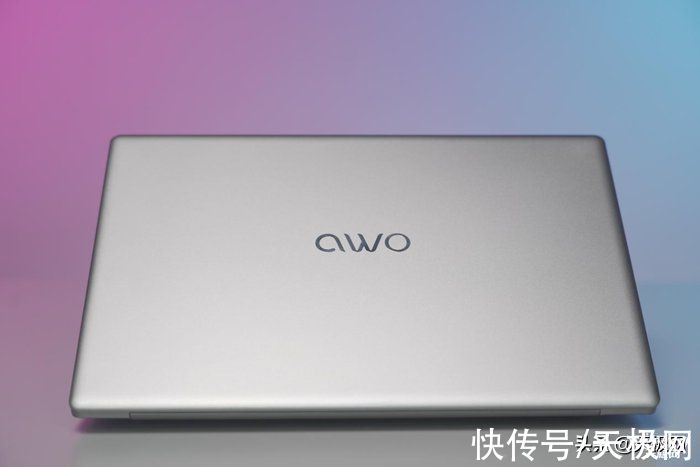大鹏一日同风起,扶摇直上九万里。这篇文章主要讲述Android 布局之FrameLayout相关的知识,希望能为你提供帮助。
1 FrameLayout简介
对于FrameLayout,官方介绍是:
FrameLayout is designed to block out an area on the screen to display a single item. Generally, FrameLayout should be used to hold a single child view, because it can be difficult to organize child views in a way that‘s scalable to different screen sizes without the children overlapping each other. You can, however, add multiple children to a FrameLayout and control their position within the FrameLayout by assigning gravity to each child, using the android:layout_gravity attribute.
即,设计FrameLayout是为了显示单一项widget。通常,不建议使用FrameLayout显示多项内容;因为它们的布局很难调节。不用layout_gravity属性的话,多项内容会重叠;使用layout_gravity的话,能设置不同的位置。layout_gravity可以使用如下取值:
top
将对象放在其容器的顶部,不改变其大小.
bottom
将对象放在其容器的底部,不改变其大小.
left
将对象放在其容器的左侧,不改变其大小.
right
将对象放在其容器的右侧,不改变其大小.
center_vertical
将对象纵向居中,不改变其大小.
垂直对齐方式:垂直方向上居中对齐。
fill_vertical
必要的时候增加对象的纵向大小,以完全充满其容器.
垂直方向填充
center_horizontal
将对象横向居中,不改变其大小.
水平对齐方式:水平方向上居中对齐
fill_horizontal
必要的时候增加对象的横向大小,以完全充满其容器.
水平方向填充
center
将对象横纵居中,不改变其大小.
fill
必要的时候增加对象的横纵向大小,以完全充满其容器.
clip_vertical
附加选项,用于按照容器的边来剪切对象的顶部和/或底部的内容. 剪切基于其纵向对齐设置:顶部对齐时,剪切底部;底部对齐时剪切顶部;除此之外剪切顶部和底部.
垂直方向裁剪
clip_horizontal
附加选项,用于按照容器的边来剪切对象的左侧和/或右侧的内容. 剪切基于其横向对齐设置:左侧对齐时,剪切右侧;右侧对齐时剪切左侧;除此之外剪切左侧和右侧.
水平方向裁剪
注意: 区分“android:gravity”和“android:layout_gravity”。
android:gravity
:是对控件本身来说的,是用来设置“控件自身的内容”应该显示在“控件自身体积”的什么位置,默认值是左侧。
android:layout_gravity:是相对于控件的父元素来说的,设置该控件在它的父元素的什么位置。
2 FrameLayout示例
创建一个activity,包含2组FrameLayout:1组设置android:layout_gravity属性,另1组不设置android:layout_gravity属性。
layout文件
【Android 布局之FrameLayout】
< ?xml version="1.0" encoding="utf-8"?> < LinearLayout xmlns:android="http://schemas.android.com/apk/res/android" android:layout_width="fill_parent" android:layout_height="fill_parent" android:orientation="vertical" > < !-- 示例1 FrameLayout内容重叠 --> < TextView android:text="示例1, FrameLayout内容重叠" android:layout_width="wrap_content" android:layout_height="wrap_content" /> < FrameLayout android:layout_width="300dp" android:layout_height="80dp" > < TextView android:layout_width="wrap_content" android:layout_height="wrap_content" android:text="我是TextView,内容比较长" android:background="#ff0000"/> < Button android:layout_width="wrap_content" android:layout_height="wrap_content" android:background="#ffff00" android:text="我是按钮"/> < /FrameLayout> < !-- 示例2 FrameLayout使用layout_gravity属性 --> < TextView android:text="示例2, 设置layout_gravity" android:layout_width="wrap_content" android:layout_height="wrap_content" /> < FrameLayout android:layout_width="300dp" android:layout_height="120dp" > < TextView android:layout_width="wrap_content" android:layout_height="wrap_content" android:text="文本居左" android:background="#ff0000" android:gravity="center" android:layout_gravity="left" android:layout_margin="10dp"/> < TextView android:layout_width="wrap_content" android:layout_height="wrap_content" android:text="文本居中" android:background="#ffff00" android:gravity="center" android:layout_gravity="center"/> < /FrameLayout> < /LinearLayout>
推荐阅读
- Windows8打开office文件后警告内存不足的处理办法
- Android 布局之GridLayout
- Android 布局之TableLayout
- android的架构图
- Android LaunchMode案例篇
- Django打造在线教育平台_day_3( 搭建后台管理系统Xadmin之其他app的数据表注册)
- Android HanderLooperMessage三者之间的联系
- Appium遇到问题:
- Android策略基于mimeType的关联打开启动














